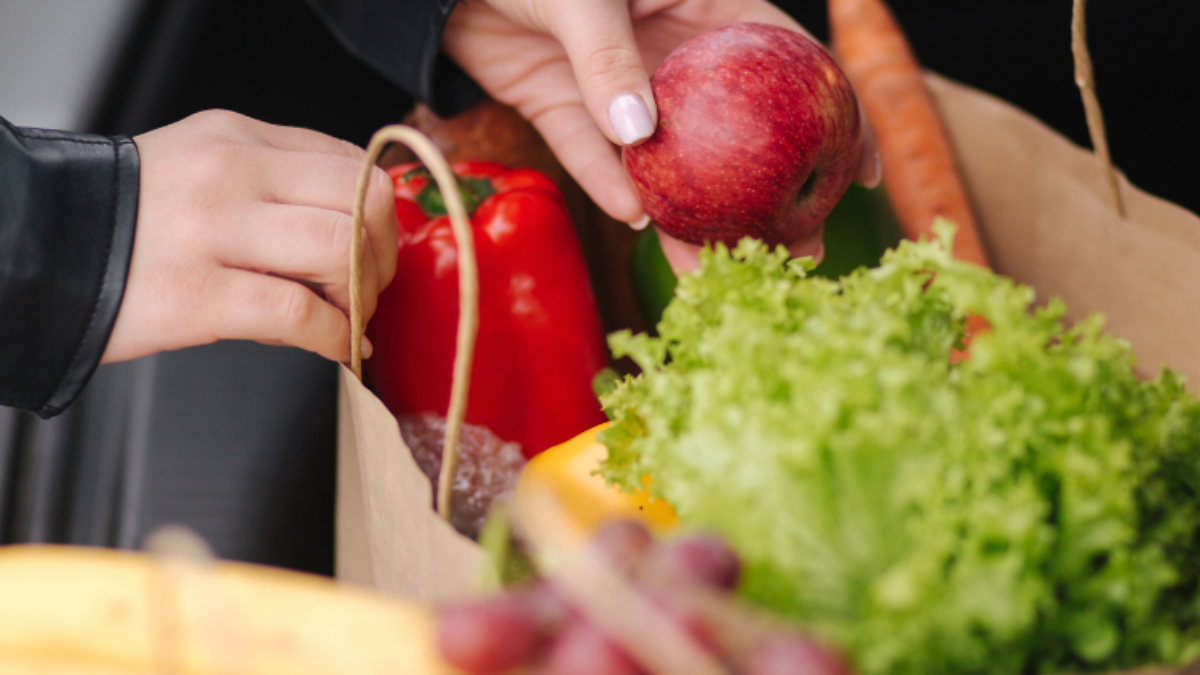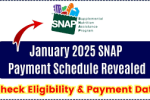The Supplemental Nutrition Assistance Program (SNAP), once known as food stamps, is America’s largest anti-hunger initiative. In 2024, SNAP supported over 41 million low-income individuals each month, helping them afford a nutritionally balanced diet. On average, a single individual received $202 per month, while a family of four received $713.
SNAP benefits are distributed through Electronic Benefits Transfer (EBT) cards, which recipients can use for various purchases beyond the usual groceries. Let’s explore some surprising items you can buy with SNAP benefits.
1. Seeds and Plants for Growing Food
SNAP benefits can be used to purchase seeds and plants that help you grow your own fruits, vegetables, and herbs. This is an excellent way to stretch your benefits and enjoy fresh, homegrown produce. Gardening can also promote a healthier lifestyle and reduce grocery expenses over time.
2. Bakery Items
While you can’t buy hot, prepared foods with SNAP, many bakery items are eligible. This includes bread, cakes, and cookies, as long as they’re not meant for immediate consumption. For instance, a birthday cake is allowable as long as its decorative value doesn’t exceed 50% of the purchase price.
3. Live Seafood
Live seafood, such as lobsters, crabs, and fish, is also eligible under SNAP. While it may seem like a luxury, these items are considered food, making them valid for purchase. This can be an excellent option for special occasions or a protein-packed meal.
4. Energy Drinks
Energy drinks with a nutrition label, rather than a supplement label, are eligible for SNAP purchases. Popular options like Red Bull or Monster may qualify, provided they are marketed as food or beverages rather than supplements.
5. Infant Formula and Baby Food
Parents can use SNAP benefits to buy baby formula, baby food, and other essential nutrition items for infants. These products are vital for child health and are covered to ensure young children get the nutrients they need.
6. Certain Snack Foods
Surprisingly, snack foods like chips, pretzels, and even candy are covered under SNAP benefits. While these might not always be the healthiest choices, they are considered food items and are eligible for purchase.
7. Cold-Prepared Foods
While hot-prepared foods are generally not allowed, you can buy cold-prepared foods like salads, sushi, and deli items if they’re not meant for immediate consumption. This provides flexibility for ready-to-eat meals that can be consumed later.
8. Specialty or Exotic Foods
Specialty or exotic foods like ostrich meat or frog legs are also eligible for purchase with SNAP benefits. These might seem unconventional, but they qualify as food items under SNAP guidelines.
How SNAP Empowers Individuals
SNAP’s broad coverage isn’t just about feeding people; it’s about offering flexibility and dignity. By allowing the purchase of seeds, live seafood, and other diverse items, SNAP enables families to make healthier choices, experiment with their diets, and even start gardening projects.
SNAP benefits have evolved over the years to meet the unique needs of recipients. The program provides a critical safety net for millions of Americans, ensuring access to not just basic groceries but a wider variety of nutritional options.
Closing Thoughts
The items eligible under SNAP might surprise you, but they highlight the program’s flexibility and commitment to reducing food insecurity. From seeds for gardening to exotic meats, SNAP benefits allow recipients to go beyond the basics and make thoughtful choices about their meals.
If you’re a SNAP beneficiary, understanding what’s covered can help you maximize your benefits and make purchases that fit your family’s needs and preferences.








